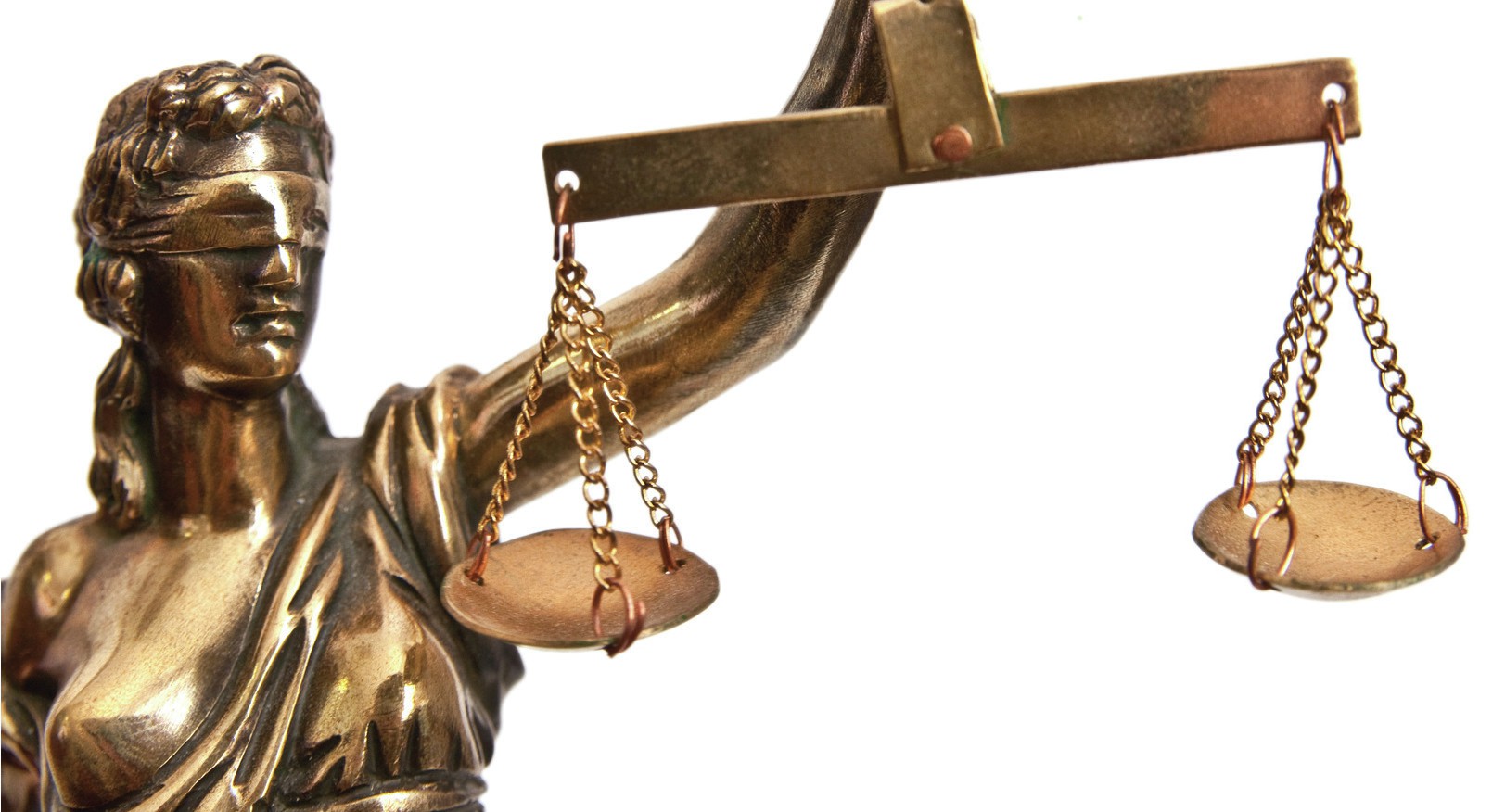
In the last issue of PSYCHOLOGY REVIEW, we explored the use and misuse of statistics. We considered the effects of various factors, such as funding sources, the political agenda (where relevant), the message(s) to be conveyed or portrayed, and the impact that statistics may have in terms of changing practice. On the positive side, the use of statistics — if correctly understood and applied — can help us in many areas of everyday life. For example, they may help us achieve medical breakthroughs (e.g. potential new cures for cancer), design effective transport networks and keep the structures of buildings and bridges safe for use. It is therefore important for us all to get statistics right.
Harvard President Lawrence Lowell wrote in 1909 that statistics ‘…like veal pies, are good if you know the person that made them, and are sure of the ingredients’. This suggests that the issue of trust is of vital importance when reading or interpreting statistics. If different studies appear to contradict one another, then the public may come to distrust such studies. For example, if one research study suggests that single vaccines against mumps, measles and rubella (MMR) provide safe and effective protection, while another study shows that the triple MMR vaccine is safer because it also reduces the subsequent additional risks of autism and bowel cancer, then the public may come to distrust such studies.
Your organisation does not have access to this article.
Sign up today to give your students the edge they need to achieve their best grades with subject expertise
Subscribe




